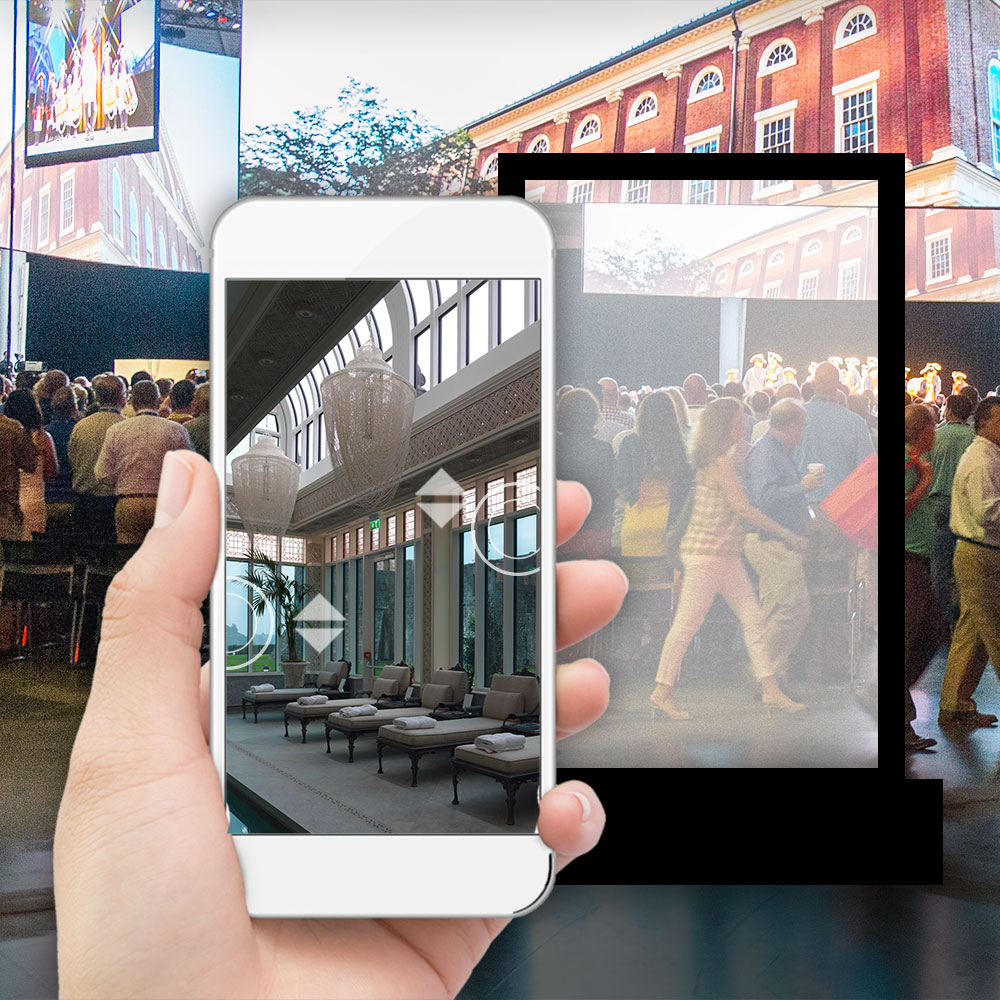Greenbuild 2017: Electrochromic Glass Controls Light, Energy Savings
SageGlass's unique electronically controlled windows, walls and skylights allow for automated or manual control of sunlight and heat.
By Mallory Bulman
Environmentally conscious design is no new trend. In fact, it has become such a large focus within the real estate community that the United States Green Building Council, a non-profit building sustainability organization, holds its annual Greenbuild conference to explore trends, challenges and new ideas in the real estate and building industries.
At this year’s Greenbuild conference in Boston, attendees may notice augmented reality stations with yellow branding located throughout the convention center. These stations are an interactive experience offered by SageGlass, a company that manufactures electronically controlled glass for windows, skylights and curtain walls. With a quick download of the company’s “SageGlass Dynamic World” app, Greenbuild attendees can view iconic skylines in cities across the world through the digital lens of SageGlass.
The company’s crowning glory is its electrochromic glass, which can tint glass automatically or on demand to control sunlight and heat within a space. Most utilized in offices, educational buildings, health-care facilities and many more commercial applications, SageGlass allows necessary daylight in but keeps heat out, both combatting glares and mitigating heat to maximize user comfort, as well as energy efficiency.
According to the U.S. Department of Energy, approximately 30 percent of heating and cooling energy is lost through conventional windows. Traditional shading devices block views and don’t control glare, heat gain or energy use. SageGlass panes have five thin layers of ceramic materials, which upon the application of voltage, changes the coating to tint and absorb light as ions travel from one layer to another. Changing the voltage causes the ions to change layers, thus changing the opacity of the glass.
SageGlass’ control system can be used to select pre-set tint levels on a scale of one to 60 percent. Building managers can use integrated tools to manage daylighting, glare, energy usage and light color based on occupancy, light levels or integration with other building management systems.
Depending on the building type or management preference, SageGlass can be controlled with a building automation system, wall switches, a mobile app, or a combination of the three. Automation allows users to leave SageGlass on auto-pilot all day, but manual control offers individual users the ability to fine-tune the lighting in their space down to each panel of glass.
SageGlass can contribute to LEED certifications and uses less electricity to light 1,000 square feet than to power a single 60-watt light bulb, according to the company. The company estimates that overall energy usage can be reduced by an average of 20 percent during a building’s lifecycle.
Buildings that employ SageGlass include Bowie State University in Bowie, Maryland; the University of Colorado in Boulder, Colo.; the Mall of America in Bloomington, Minn.; the Museum of Science in Boston, Mass.; and the Government Services Administration Headquarters in Washington, D.C., among many others.
Images courtesy of SageGlass









You must be logged in to post a comment.